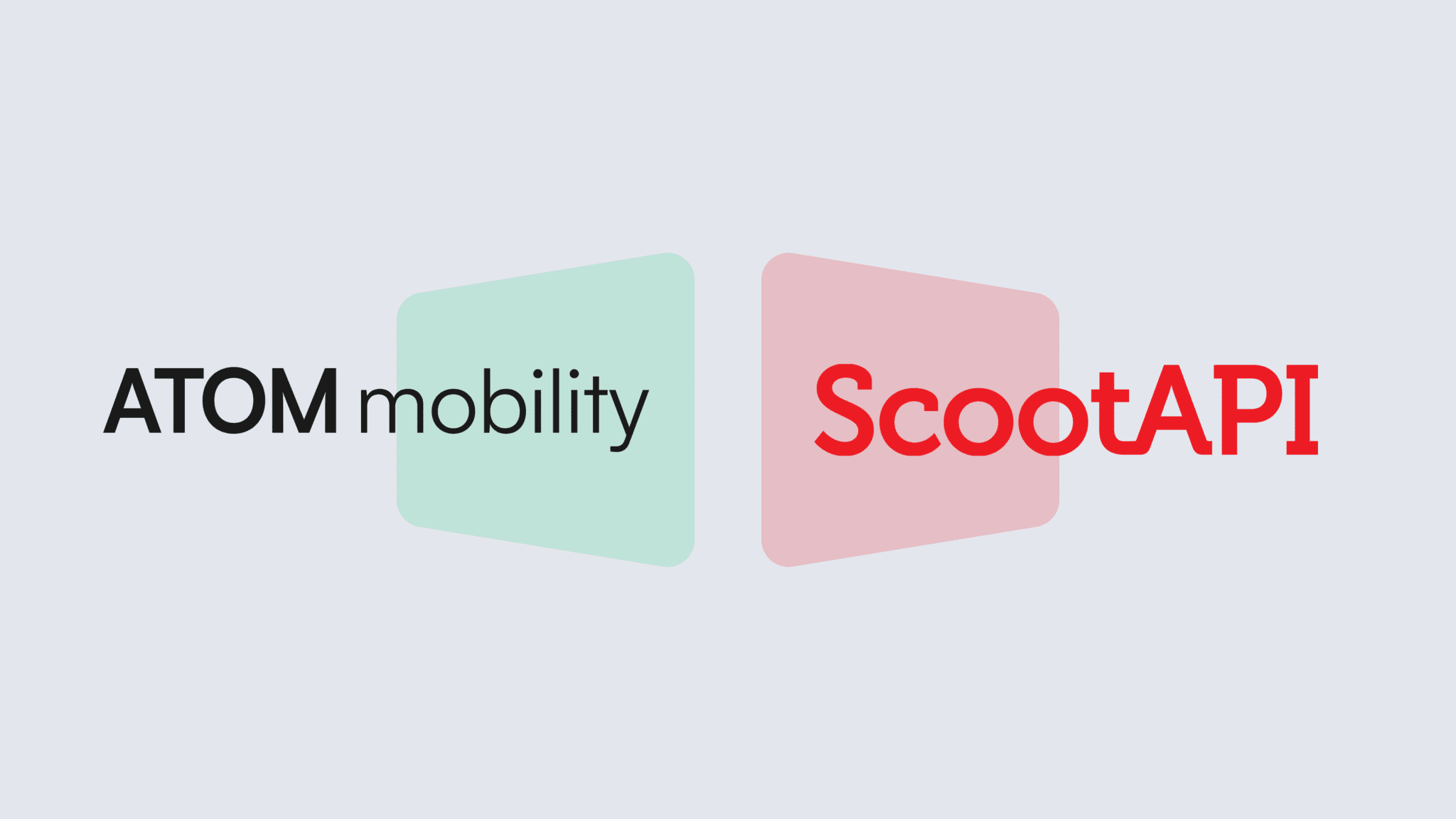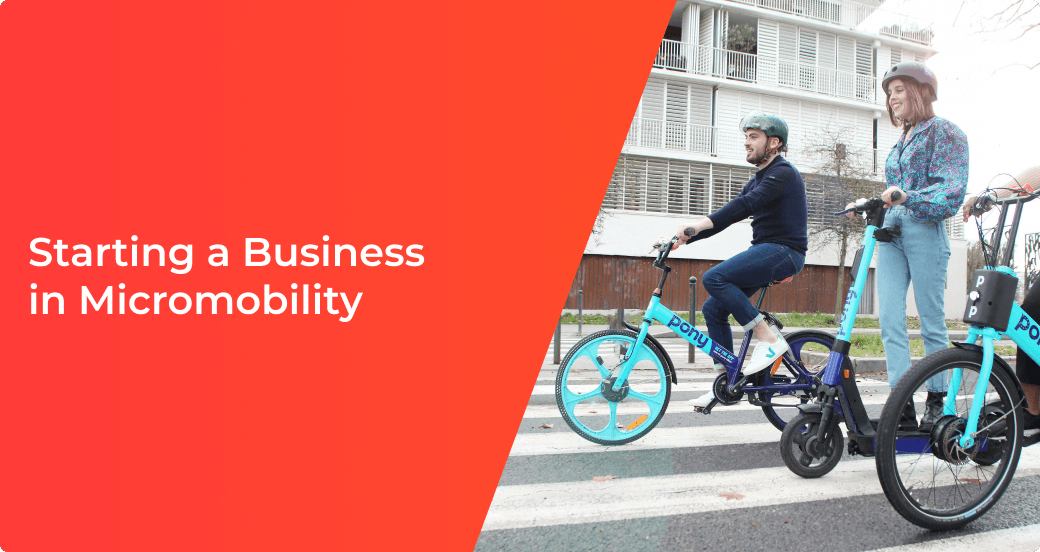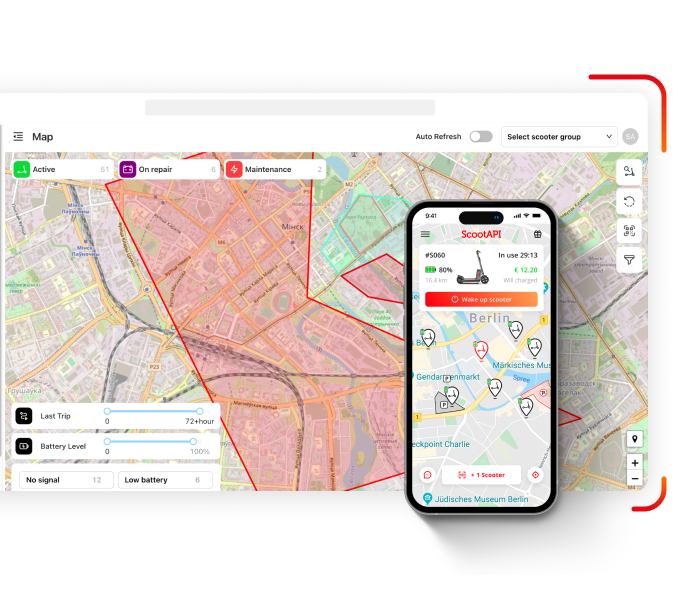In any business, customers differ in terms of age, geography, solvency and interests. Therefore, the same commercial offer may prove to be ineffective for different customer groups simply because it does not take into account the preferences of a specific audience.
Segmentation is an important tool in marketing. Through personalized communications, it helps to better understand the audience and create unique offers that attract customers, make them more loyal, and, as a result, increase sales.
The electric scooter sharing business is no exception. Along with ScootAPI’s marketing expert, Anna, we delve into the advantages of segmentation and the specifics of dividing customers in the field of kicksharing.

Why should a business segment customers
No matter which industry you are developing your business in, audience segmentation is a critically important tool. It helps to:
Deeper understand the customer base. Through segmentation, you can identify who your customers are, how they interact with the product or service, how much they are willing to pay, and which groups are predominant.
For example, banks segment customers based on financial goals: investments, savings, loans. This helps them provide personalized financial services to each group depending on the intentions and financial capacity of the customers.
Enhance customer loyalty. Segmentation allows you to better understand current customers and provide them with relevant offers. When customers feel that their needs are being considered, they become more loyal, which helps retain them in the product. Retaining existing customers is always more cost-effective than attracting a new audience.
For instance, a clothing retailer can group customers based on their style and create personalized selections and recommendations. Customers more often find clothing that matches their tastes, which strengthens trust in the brand and contributes to sales growth.
Adapt to market changes. Segmentation makes a business more flexible and able to respond immediately to market demands. Since you have a deep understanding of the target audience, you can adapt products, services and marketing strategies to changing conditions more quickly.
Thanks to segmentation, a mobile app developer may notice that the number of users who prefer a simple design over complex graphics has increased by 20%. This will help the company to react quickly and adapt products to meet the new customer needs.
Identify growth points. Through segmentation, you can discover which customer groups have the potential for growth and develop strategies to attract and retain them.
A supermarket chain, using segmentation, can determine that a significant percentage of shoppers prefer natural products. As a result, the store launches its own brand of farm-fresh goods or prepares a promotional offer for specific product categories.
Efficiently Plan Budget. With segmentation, you can identify the most promising audience segments and allocate more resources to promote them, enhancing cost-effectiveness and increasing ROI (Return on Investment).
An airline identifies customers who fly most frequently, thus generating the most profit. To motivate such individuals to choose their airline, the company prepares a loyalty program: bonuses for each flight that can be spent on the following trips.
In this way, segmentation helps businesses operate more efficiently, improving customer interactions, budget optimization and identifying new growth opportunities.
Features of Segmentation in Electric Scooter Sharing
Electric scooter sharing differs significantly from traditional niches. Not every marketing strategy that is successfully applied in other businesses will be suitable for kicksharing because of its specific characteristics:
Dynamic demand. Unlike all-season businesses, demand for electric scooters can vary significantly depending on the time of day, season, or events in the city. This requires a more flexible approach to marketing and pricing policies.
Geographical variability. The popularity and demand for scooters can differ significantly in various countries, cities, and even neighborhoods. Therefore, adapting to geographical conditions becomes a crucial aspect of the marketing strategy.
Heterogeneity of users. Electric scooter sharing serves various customer categories: from tourists to locals, from students to businessmen, which complicates the audience segmentation process.
Integration with Technology. Electric scooter sharing is closely connected with technological solutions: mobile applications, GPS systems, online payments. These components require continuous support and regular software updates.
Criteria for segmentation in scooter sharing
In order for segmentation to bring results, a business needs to look at its project from the inside and carefully analyze how and for what purposes customers use the product. This will help identify the most significant parameters that will become the foundation for successful segmentation.
Taking into account the specifics of sharing, we can distinguish such important criteria:
- Registration
- Date of the first trip and date of the last trip
- Time period
- Number of trips
- Total amount for the period of the trip
- Tariff
- City
- Trip ratings
It’s important to note that even within the same sharing niche, segmentation criteria can significantly differ for each business, and their uniqueness depends on the specific characteristics of the target audience. Therefore, you shouldn’t simply use ready-made criteria. It is essential to analyze your audience to precisely determine which parameters are most relevant and beneficial for your business.
Examples of Segmentation in Kicksharing
Let’s examine several case studies of our clients that vividly illustrate how segmentation works.
Segment: New customers who have not completed a trip. Statistically, on average, 20% of users who register in a ride-sharing app do not go on a trip.
Issue: In the case of our client, 15–20% of registered users never took a trip. This is the audience on which the ride-sharing owner has already spent considerable effort. They invested resources to attract them, to introduce their brand and to help users overcome the first barrier — to install the application. Therefore, the client is interested in engaging these users in the product and motivating them for their first trip through a special offer.
How to resolve: Track this user group based on their registration date and completed trips. For example, in the ScootAPI app’s segmentation section, we have created a predefined segment with a dynamic date range and trip status. It identifies new customers from the last month who haven’t completed any trips. To engage these inactive users in the service, you can automatically send them time-limited push notifications with a discount for their first trip.
Segment: Customers who have stopped riding or have not riddenfor a long time. The sharing market is not infinite and is limited to a city. It’s important to track the activity of not only new, but also long-standing customers to re-engage them in the business.
Issue: The client has noticed that despite having a large user base, there has been a low volume of trips in the last month. They want to activate those who have been registered for a long time and motivate them to use the service again.
How to resolve: Offer inactive customers a special deal, such as a discount on rides or a gift. To avoid manually sending messages to such users, you can categorize them into a separate group and automatically send push notifications. In the ScootAPI app, you can segment all users in your database based on their trip history for a certain period. This allows you to identify those who are no longer using your service and motivate them to return to sharing through a special offer.
Segment: Active users of the service. As you know, 20% of loyal customers generate 80% of the profit. A crucial marketing task is to retain such customers so that they bring in even more revenue and become the voice of the brand.
Issue: The client has recorded that, on average, active users spend X money on trips in sharing. They want to encourage them to spend 2X.
How to resolve: In order to encourage the involved customers to be even more active, it’s essential to reward them with bonuses for their achievements. However, first, you need to identify the segment of such users for automated messaging. Using the segmentation feature in the ScootAPI app, you can separate these users into a distinct segment based on criteria like “date of trips” and “total spending on trips”. Alternatively, you can use a predefined segment that we have already added to the segmentation section with just one click.
_______________________________________________
And these are not all the segmentation possibilities in scooter sharing. At ScootAPI, we fully recognize the importance and necessity of this tool for a successful business, so we have implemented a block with automatic creation of segments in our software. The ScootAPI functionality takes into account the various criteria, which we discussed earlier and also provides the option to create custom segments from scratch. All you need to do is either use a ready-made segment or create a new one in just a few clicks.
Do you want to learn more about ScootAPI’s capabilities? Contact us. Our specialists will provide you with consultation and a demo version.
Let’s make your business even more successful with ScootAPI!




